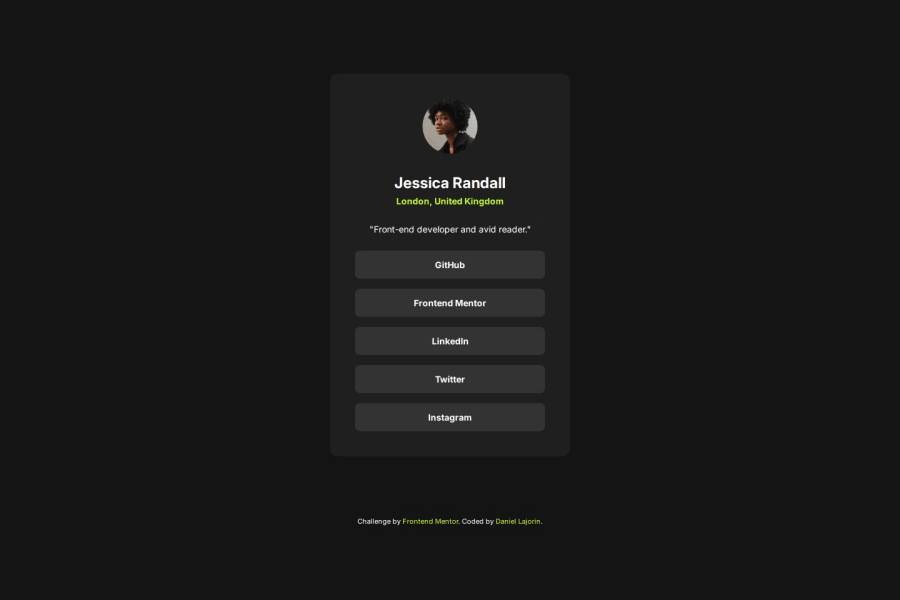
Design comparison
SolutionDesign
Solution retrospective
What are you most proud of, and what would you do differently next time?
I'm proud of how closely I was able to recreate the design using based of the provided Figma design file.
What challenges did you encounter, and how did you overcome them?I had a slight challenge figuring out how to achieve the tablet and mobile dimensions but was able to overcome this using a couple media queries.
What specific areas of your project would you like help with?I'm open to suggestions.
Community feedback
Please log in to post a comment
Log in with GitHubJoin our Discord community
Join thousands of Frontend Mentor community members taking the challenges, sharing resources, helping each other, and chatting about all things front-end!
Join our Discord
